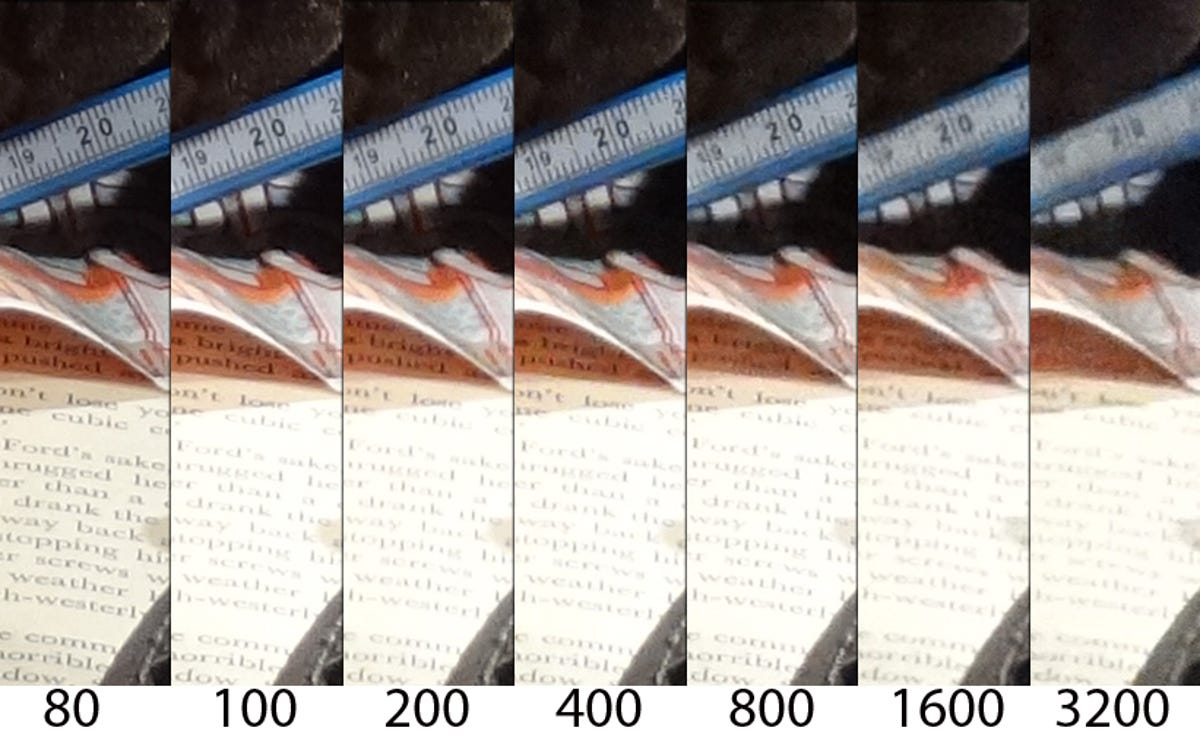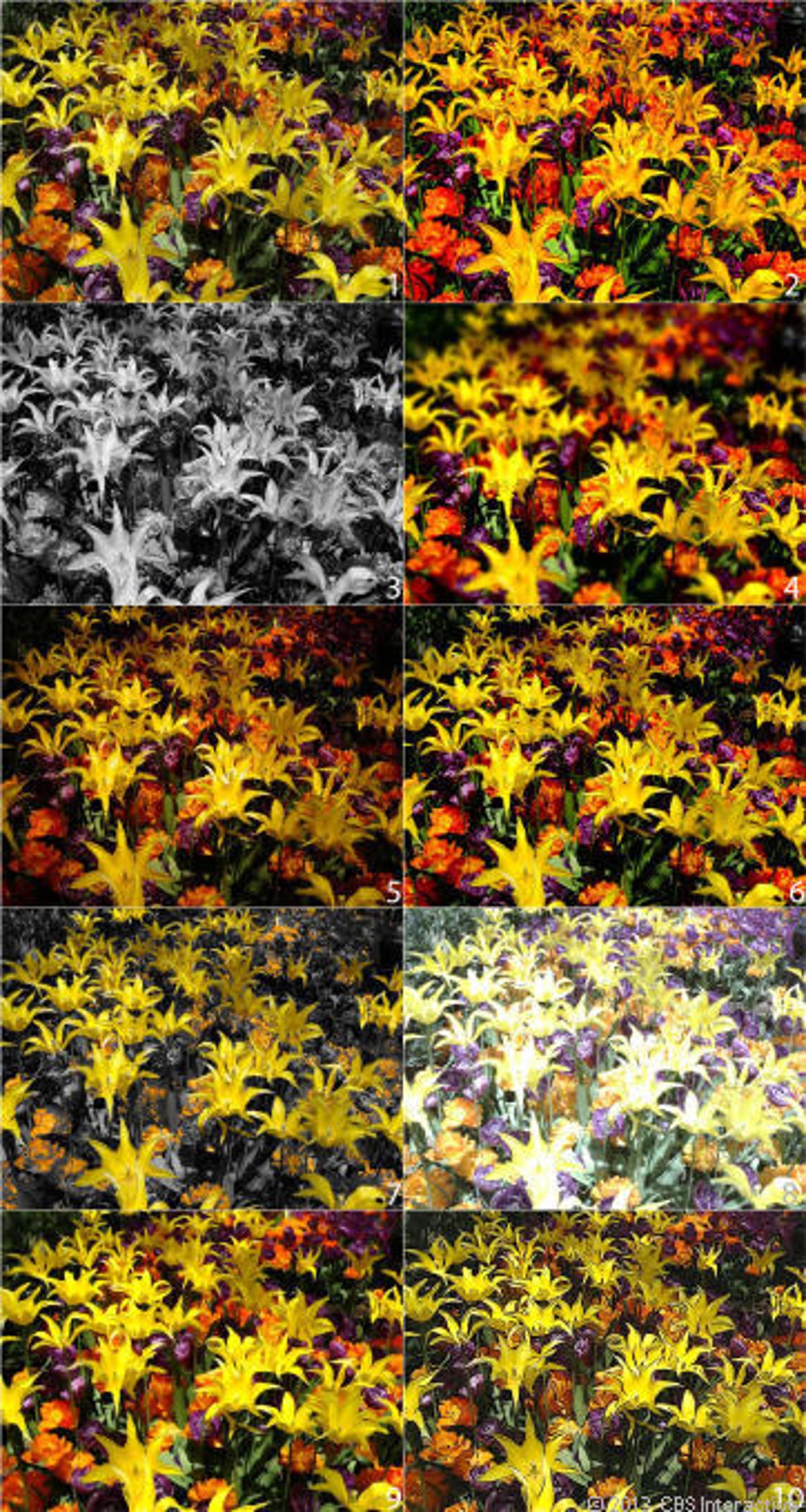
ISO comparison
The photo quality from the Sony Cyber-shot DSC-HX300 is very good to excellent, though it really depends on your needs and expectations. If you're considering buying this instead of a high-resolution digital SLR, you'd be disappointed. A 20-megapixel sensor doesn't guarantee good image quality and most pictures from the camera viewed at full size aren't impressive. However, there's plenty of usable resolution here, particularly if you're shooting with plenty of light.
Below ISO 400, shots look good printed up to 10x13, which is more than most people need. Getting a very good 8x10 with some enlarging and cropping is certainly possible, too. And if you never print your shots, the HX300's photos look great on a computer screen or HDTV with minor cropping or enlarging.
As the camera goes above ISO 400, subjects do get noticeably softer, but shots are usable at small sizes up to ISO 1600. If you want better low-light shots of still subjects, Sony's Handheld Twilight mode still produces some of the best high-ISO photos I've seen from a point-and-shoot. However, I wouldn't bother using the two highest ISOs, as they look more like artist's renderings than photos and have off colors.
Again, the HX300 is not a dSLR (it can't even capture raw images), but for people looking for a long lens and some better control over results than the average point-and-shoot offers, it's a safe bet.
Macro
The HX300 can focus as close as 0.4 inch from a subject. In general, the macro results are soft and noisy when viewed at 100 percent and you're better off scaling images down to 50 percent or smaller. However, if you have plenty of light, shoot on a tripod, and set the ISO to 80, you can get shots such as this that are usable enlarged to 100 percent.
Color
Color mode
If what you're shooting doesn't look right to you or you want more-accurate colors, the HX300 does have other color modes: Standard (1), Vivid (2), Real (3), Sepia (4), and Black and White (5). There are also adjustments for contrast, saturation, and sharpness.
Zoom range
The lens goes from a wide 24mm (top) to 1,200mm (bottom). Had it not been so hazy at the time this picture was taken, I have no doubt that detail would have been better.
Zoom range, take two
Just to give you another view of the Empire State Building and the power of this zoom lens.
Birding
The top is a 100 percent crop from the bottom image. For birding, the HX300 is a pretty good choice (though I really wished Sony had kept the GPS for this reason). The image stabilization is very good -- this shot was taken handheld -- and you can get up to about 50 percent before you start to see noise and artifacts. At full size, subjects can look painterly.
Fringe
Though fringing in high-contrast areas isn't bad, it's still there, especially at the telephoto end. It's not all that visible until you view photos onscreen at larger sizes, however.

Picture effects
The HX300 has nine picture effects to experiment with: Off (1), HDR Painting (2), Rich-tone Monochrome (3), Miniature (4), Toy (5), Pop (6), Partial Color (7), Soft High-key (8), Watercolor (9), and Illustration (10).
Bracketing
The camera does have HDR settings both for artistic effect and to improve backlit subjects, but you can also take a burst of bracketed exposures just in case and create your own HDR image.
Background Defocus mode
Sony's Background Defocus mode takes two shots, identifies the background and blurs it while keeping the subject sharp and in focus. Recommended distance from the subject is about a foot (30cm according to what the camera says onscreen) and you can set the amount of blur to low, medium, or high; this was taken at medium. It works best when your subject is well in front of the background. It's not perfect, but at small sizes it can be convincing.
In this example, the top photo was taken with Background Defocus, with the bottom shot in Aperture-priority mode and set to f2.8.
Intelligent Sweep Panorama
Sony has had its Sweep Panorama on its Exmor R sensor-based cameras for years now, and while others have copied this pan-and-shoot mode for creating panoramas, Sony still does it the best.
Sony has two versions of its Sweep Panorama mode, one regular, one Intelligent. The cameras with a Sony Exmor R sensor get the latter, which includes the HX300. The benefit is that it does a better job of handling moving subjects.


